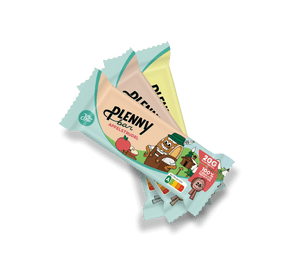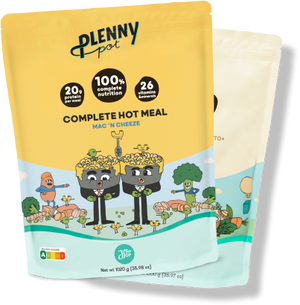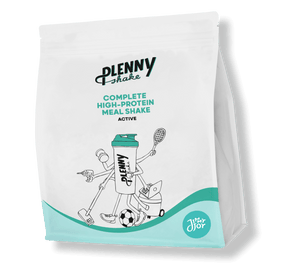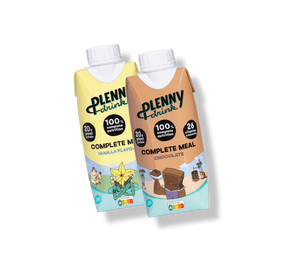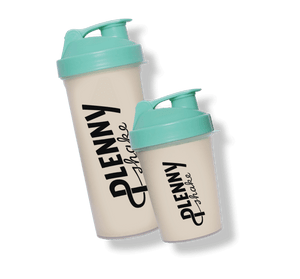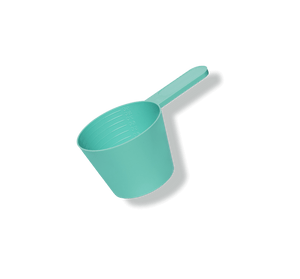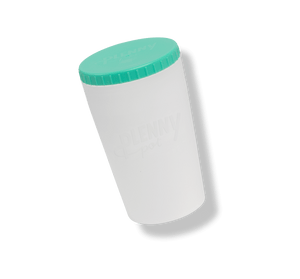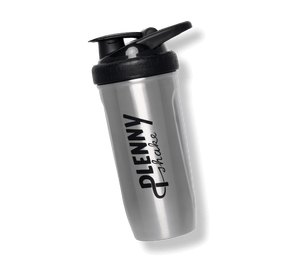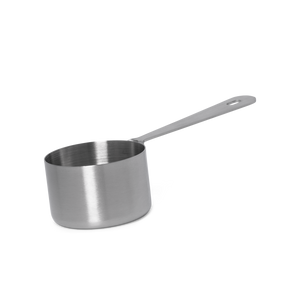
You’ve probably heard a thing or two about soy protein. The good, the bad, and the ugly.
“Soy protein is bad for you!”
“Soy protein will mess up your hormones!”
We’re here to share information about soy from reliable sources. This scientific guide will help you better understand the most important things you need to know about soy.
Let’s get started.
Why Should I Eat Soy Protein
Soybeans are nutritional bombs, they contain twice the amount of protein and more oil (healthy unsaturated fat) than other beans and very little starch. A couple of years ago, the World Health Organization (WHO) and the Food and Agriculture Organization (FAO) assessed the quality of all the different proteins, and established the protein digestibility-corrected amino acid score (PDCAAS).
As you read on our blog about macronutrients, proteins are made of many amino acids and the PDCAAS evaluates the quality of that protein by comparing its amino acid composition to what our body can absorb and use. The highest PDCAAS value that any protein can achieve is 1.0.
This is a list of the best protein sources:
- Whey (1.0)
- Casein (1.0)
- Soy (1.0)
- Pea (0.89)
- Flaxseed (0.61)
- Oats (0.6)
- Rice (0.42)
We gave a chance to different plant-based proteins such as pea, rice, sorghum or hemp, but after seeing soy’s PDCAA’s score of 1.0, we were convinced that this smooth and tasty bean would be the best source of protein for us to use in our products. [1, 2]
You might wonder if we carefully assessed both the health benefits and the health risks of soy protein. That brings us to the following question...

What is the relationship between soy and hormonal activity?
Soy is the main source of dietary isoflavones, which are naturally present in many plants, including legumes.
Isoflavones are classified as phytoestrogens: plant-derived compounds with estrogenic activity, where the term "phyto" refers to the fact they are of plant-origin. They are often related to hormonal activity because their chemical structure shows similarities to the human hormone "estrogen."
So, phytoestrogens are estrogen-like compounds found in plants, and isoflavones in soybeans are just one of several classes of phytoestrogens. Although phytoestrogens are chemically similar to estrogen and behave like the hormone in some respects, they are estimated to be between 100 and 100,000 times weaker than the estrogens that occur naturally in humans. [3] Therefore, they won't have an actual effect.

Is Soy Bad for You?
You might not know this yet, but toxic compounds are produced by a variety of plants and animals as part of their growth.
This happens especially as a chemical defense against predators, insects or microorganisms. These chemicals have diverse chemical structures and are vastly different in toxicity, all of which can be controlled through appropriate handling and production processes. Cooking or steaming soybeans for at least 5 minutes at a minimum of 100°C ensures the removal of Lectin, the main toxin found in soybeans.
To be on the safe side, the soybeans in our meals are heated between 100 - 120°C for approximately 30 minutes. [4]

And what about Soy and oxalate?
Some soy foods contain high amounts of oxalate, which is a key component of calcium oxalate kidney stones. However, the extent of the impact of dietary oxalate and kidney stones is difficult to quantify. A common way to reduce this risk is by maintaining a low-oxalate diet. Nevertheless, research shows that boosting your calcium intake is a better approach to limit stone risk. Our products contain a maximum amount of 65.8mg oxalate per meal, complemented with 20% of the RI of calcium. [5, 6]
What Is the Environmental Impact of Soy?
Many concerns about the impact of soy on the environment is attributed to how ethically soybeans are harvested, produced and distributed. So let’s dive in a little bit deeper.
Did you know that Europe’s current agricultural systems depend on soy? Yes! The consumption of these humble beans in Europe rose from the equivalent of 2.7 million tonnes in 1960 to a booming 43.5 million tonnes in 2016. [7]
Our soy provider has over two centuries of experience in processing beans and specialty grains in a non-GMO way, taking into account the required aspects to ensure food safety and working with the following certified quality standards: FSCC2200, Riskplaza, SKAL, NOP, GMP+ and Valid IT.
Fun fact: Soy plants themselves naturally fix nitrogen, which reduces the need of energy-intensive artificial fertilizers used in the harvesting of other crops.
What is more, producing 1 liter of soy drink requires three times less land, less water and emits less CO2 than 1 liter of milk. Moreover, as seen in the following graph, the greenhouse gas emissions resulting from the production of soybeans, compared to 1kg of different meats are drastically lower. The light turquoise is the lowest estimate whereas the dark turquoise is the higher estimate, taking into account several estimations by different authors and the FAO. [8]

Crops account for 12% of the earth's surface. 75% of these crops, including soy, are used for animal feed. So instead of using crops for food, the industry feeds them to livestock such as cows, which is very ineffective in our opinion.
Livestock such as cattle occupy 26% of the earth's surface and are actually the main cause of deforestation.
Moreover, methane-rich gases produced during their digestion processes are known to be destructive to the ozone layer and contributors to global warming. It is estimated that cows release between 250 and 500 liters of methane per day.
So basically, we’re cutting down huge parts of the world’s forests to feed and house methane-producing cows that also consume 75% of our crops. Not cool at all. [9]
Food science is an ever-evolving field of science that we continue to monitor with great care to deliver the healthiest meal possible. We mention our sources below so you can monitor these too.
Sources
1. Nadathur, Sudarshan R., Janitha P. D. Wanasundara, and Laurie Scanlin. 2016. Sustainable protein sources. http://site.ebrary.com/id/11275745.
2. Gorissen, S., Crombag, J., Senden, J., Waterval, W., Bierau, J., Verdijk, L. B., & van Loon, L. (2018). Protein content and amino acid composition of commercially available plant-based protein isolates. Amino acids, 50(12), 1685–1695. doi:10.1007/s00726-018-2640-5
3. Messina M, Redmond G, 2006. Effects of soy protein and soybean isoflavones on thyroid function in healthy adults and hypothyroid patients: a review of the relevant literature. Thyroid. 16(3): 249-258.
4. Pusztai, Arpad & Grant, George. (1998). Assessment of Lectin Inactivation by Heat and Digestion. Methods in molecular medicine. 9. 505-14. 10.1385/0-89603-396-1:505.
5. Sorensen, M. D. (2014). Calcium intake and urinary stone disease. Translational andrology and urology, 3(3), 235.
6. Mitchell, T., Kumar, P., Reddy, T., Wood, K. D., Knight, J., Assimos, D. G., & Holmes, R. P. (2019). Dietary oxalate and kidney stone formation. American Journal of Physiology-Renal Physiology, 316(3), F409-F413.
7. Donau Soja. The Donau Soja Institute. [online] Available at: https://www.donausoja.org/en/about-us/the-association/?fbclid=IwAR0Oux8ZJp5deDxFHXe_71QSoJY3vF-datcfenG0K4oBGfUpmo-ORpZMvMk
8. European Parliament. Implications of Global Trends in Eating Habits for Climate Change, Health and Natural Resources. [online] Available at: https://www.europarl.europa.eu/RegData/etudes/etudes/join/2009/424735/IPOL-JOIN_ET(2009)424735_EN.pdf
9. Pittman, A. (2016). How Planting Crops Used to Feed Livestock is Contributing to Habitat Destruction. [online] One Green Planet. Available at: https://www.onegreenplanet.org/environment/livestock-feed-and-habitat-destruction/





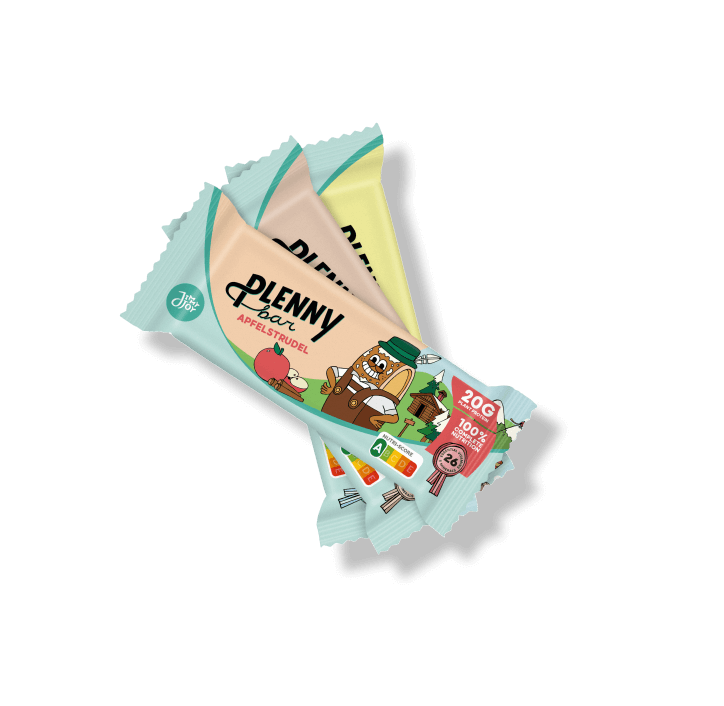


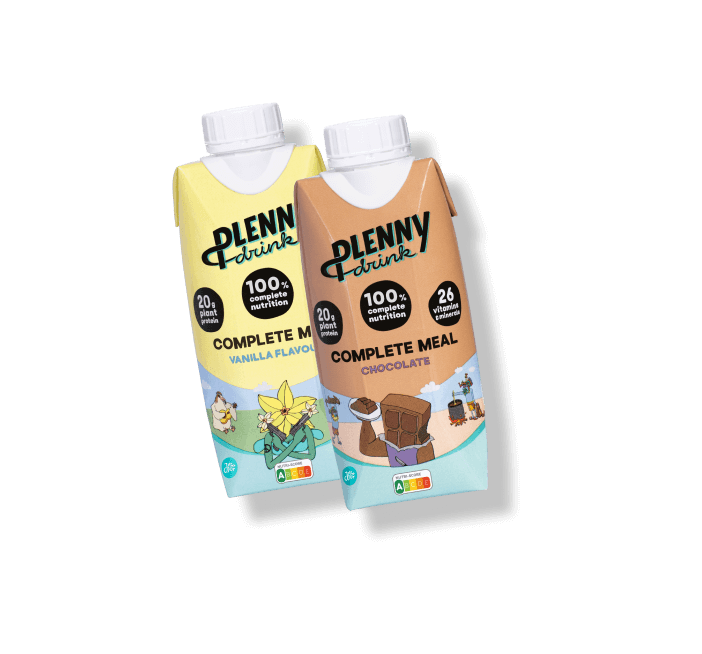
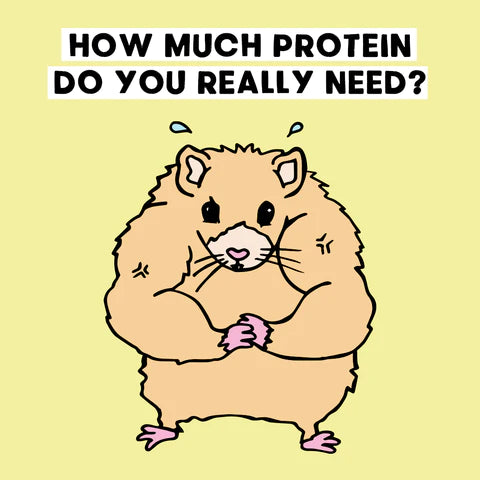










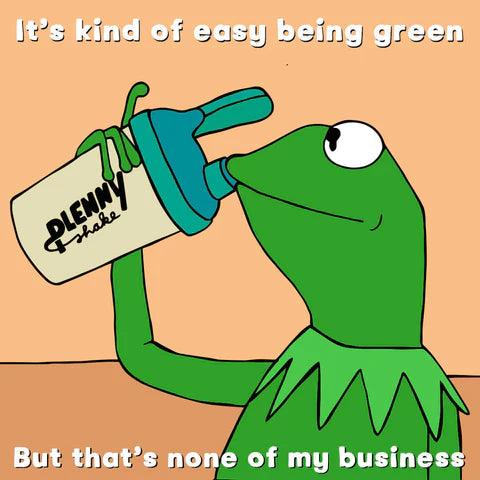
 Product added to cart
Product added to cart



